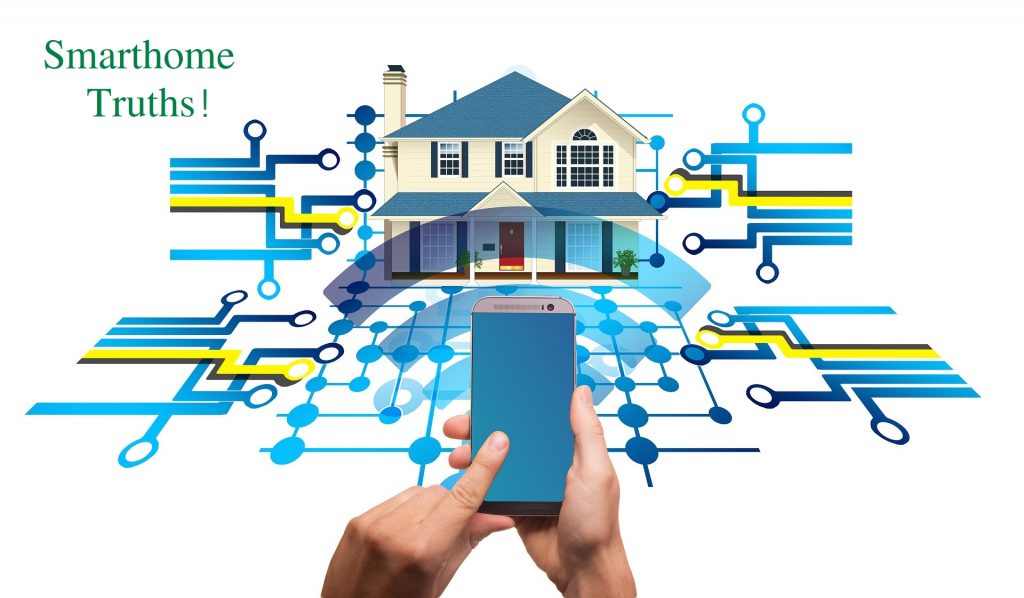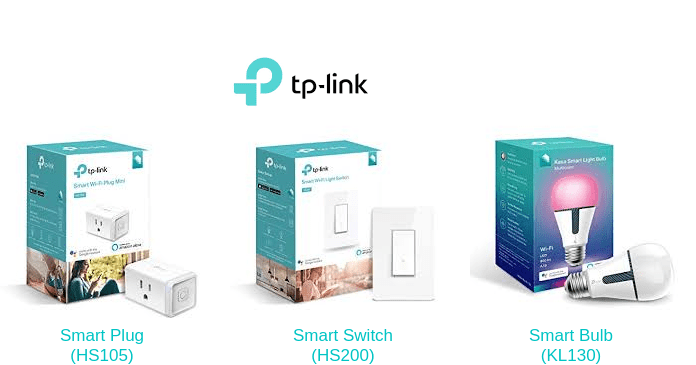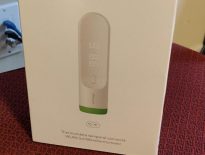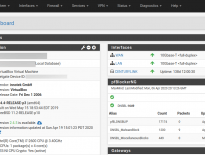There is a ton of information on the Internet about smarthomes. If you google smarthomes you’ll get lots of advice, definitions, and tutorials about building a smarthome. Here at HomeTechHacker we also produce a lot of smarthome content, like our Ultimate DIY Smarthome Guide. We also wrote the book, The Smart Home Manual, which teaches you everything you need to know to plan and build a smart home. In this article, I’m going to focus on a few basic “smarthome truths” that everyone interested in a smarthome should know.

Table of Contents
Smarthome Truth #1: Simple >> Complicated
This smarthome truth is true of technology in general, but it’s a hard truth for smarthome builders to follow. Sometimes we get caught up in how elegant our solutions are, or in trying to make a solution perfect. However, often the more precise automations we make easily break or are hard to modify. A simpler method may stand the test of time. For example, say you want certain lights to turn on when you enter a room. You could go the extra mile and set up room by room presence detection using smartphones, Bluetooth beacons, or any number of solutions. Or you could just add a motion detector or even motion detecting lights.
I recently ran into this. I wanted to know when my generator was running. There are complex options like setting up custom software and a Raspberry Pi and interfacing it directly with the generator controller. I also could have gotten some type of electrical clamp that could tell when the generator was supplying power to the house. But I found a much simpler solution. Just attach a vibration detector to the generator. When it’s vibrating, it’s on. In the long run, I don’t have to worry about interface/firmware changes breaking a Raspberry Pi interface or electrocuting myself installing and powering the clamp. And it has worked like a charm!
Simplification also often gives the added bonus of being less expensive, as was the case with my generator solution. Sometimes you need to do things in a complicated manner to get the precise result you want. But often you should be seeking a simpler solution that can accomplish your goals.
Smarthome Truth #2: Smart Switches >> Smart Bulbs

Smart bulbs are often one of the first smarthome devices people purchase. The biggest problem with smart bulbs is that in order for them to be smart, you have to leave the switch on all the time. If someone turns off the switch controlling the smart bulb, the remote control, scheduling, and other smarts are rendered inoperable until someone hits the switch again. Also, if you have a room with multiple lights, you would have to buy a smart bulb for each socket in order to make the lighting in the room smart.
This isn’t true if you install a smart switch. When smart switches are manually turned off, they can still be operated remotely or with automation because they are always connected to power. They also can control multiple lights in a room, making them more cost-effective.
The downside is that not all smart switches do dimming and none of them will add color to your room. I have both smart switches and smart bulbs. Smart switches control most of my smart bulbs. This means I can have all the benefits of smart bulb automation without having to worry about someone switching them off manually.
If you have lamps, you can use smart plugs to perform the same function as smart switches. You can also combine them with smart bulbs in the lamps.
Smarthome Truth #3: Security >> Convenience

When I purchase smart devices I always look for devices I can control locally on my home network that don’t need to connect to the cloud to be functional. I realize this isn’t always possible, but it is what I look for. There have been high profile cases where cloud services have shut down, rendering smart devices inert (see here, here, and here). While the continued function of smarthome devices independent of what the company that sold it decides to do is an important reason for local device control, so is security and privacy.
Anything that connects to a cloud service has a higher probability of being a bad actor or being compromised into a bad actor. You don’t need to look any further than what recently happened to the Ring platform. Many Ring cameras suffered compromises and no matter who is to blame (poor user passwords or data/platform breach) the fact is a cloud platform allowed it to happen.
For this reason, I block all surveillance cameras on my network from sending or receiving to or from the Internet. I prefer Z-Wave door locks to WiFi cloud supported door locks because there is no platform for someone thousands of miles away from my home to hack. Now, this may cause an inconvenience. Z-wave devices are often harder to set up than WiFi devices. It takes more work to set up secure remote access to your surveillance cameras if you allow only local access than if they are accessible via a cloud platform. But for security, especially with devices that control access to your home and have access to sensitive information, the inconvenience is worth it.
Smarthome Truth #4: Automation >> Remote Control

When most people talk about smarthomes and what they can do they are generally referring to remote control. They can tell their smart assistant to turn on a light or open a garage door. They use an app to arm an alarm or lock a door. Remote control is great, but automation so much better.
With automation you can have your home do things for you without having to say or do anything. Want your outdoor lights to turn on when it gets dark and turn off when the sun rises? How about making sure your alarm is armed and the doors lock every night? Automation can do all of this and so much more.
In my mind, a smarthome isn’t just a remote control home, it is a home that can anticipate your needs and take care of them without you having do anything. Automation puts the smart in smarthome.
If you’re looking for automation ideas, check out this list.
Final Thoughts on Smarthome Truths
So there you have it. A few tips for new and old smarthome builders to consider as they build and tinker away. Do you have other smarthome truths to share? Let me know on Twitter or in the comments.
Interested in supporting HomeTechHacker?
Have you found the content on this site useful? If so, are you interested in supporting me and this site? There’s no obligation of course, but I would really appreciate any support you can give. Below are a few ways you can show support:
- Share this site with your friends and on social media (use the sharing links at the end of this page for your convenience)
- Subscribe to this site
- Purchase one of my books, The Personal Cybersecurity Manual, The Home Network Manual or The Smart Home Manual, for yourself or as a gift
- Put a link to HomeTechHacker on a site you have access to. Be sure to let me know about it!
- Enroll in HomeTechHacker Academy for free and premium online home technology courses.
- Reach out to me via my contact page or Twitter and let me know something I should write about
- Shop at Amazon through my affiliate links and ads on these pages. See my disclosures for more details about affiliate links. You can also just shop from one of the links below:
- HomeTechHacker Shop: This is a listing of products that I use, have reviewed, and that I recommend
- HomeTechHacker Technology Advisor: This suite of tools will give you customized home technology product recommendations based on your needs
- My Amazon affiliate link: Just click on this link to go to Amazon and shop
Thank you! I really appreciate it!


